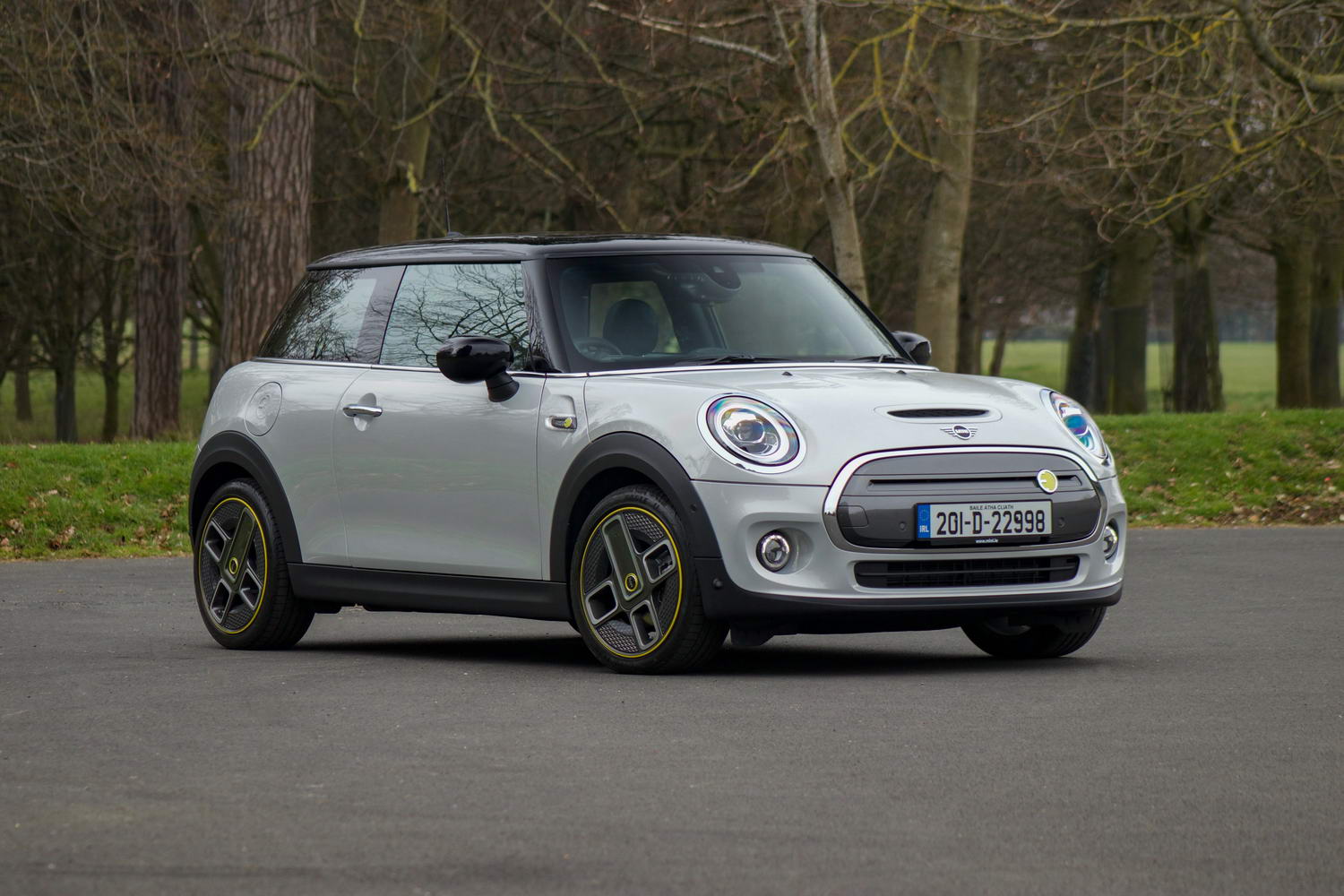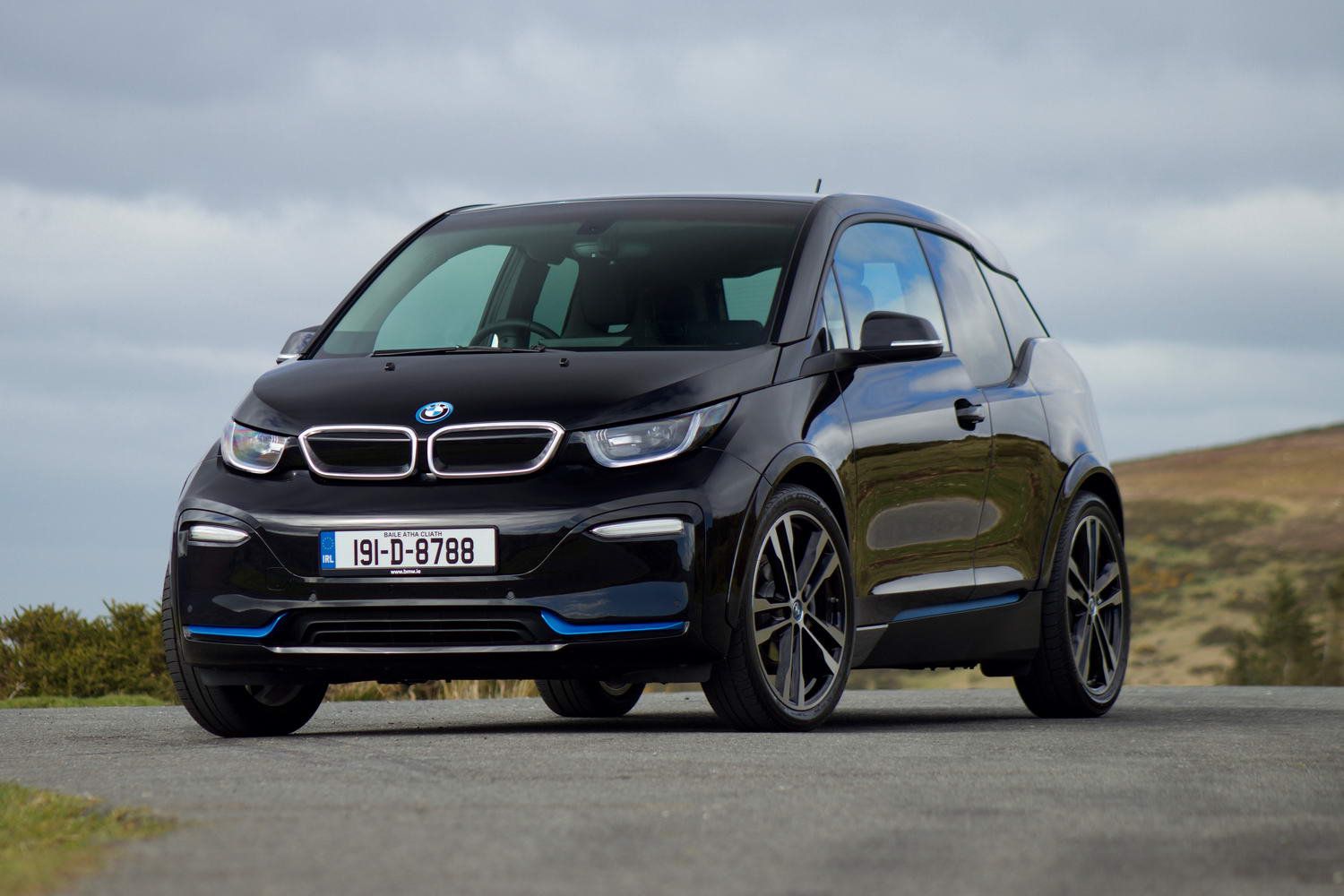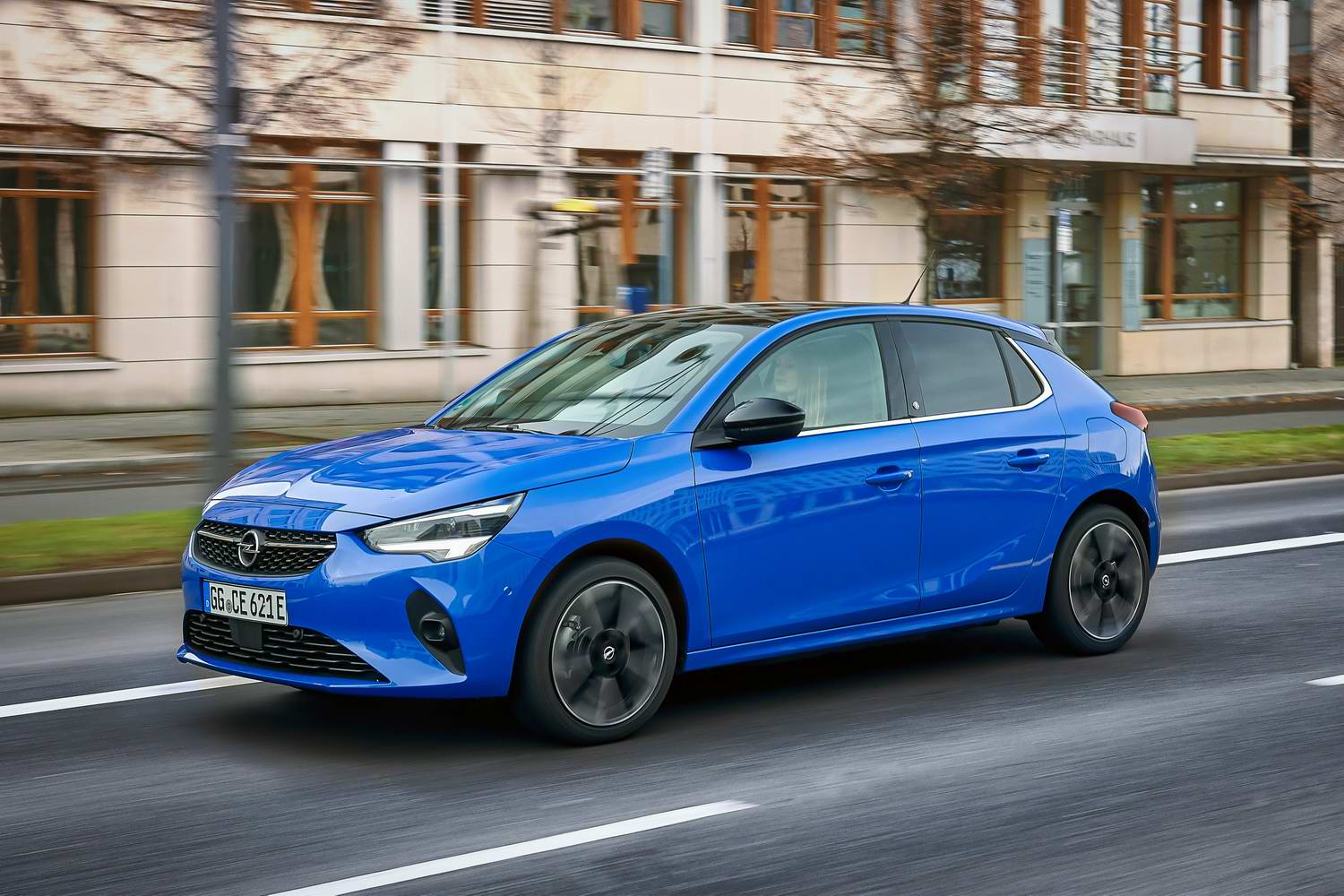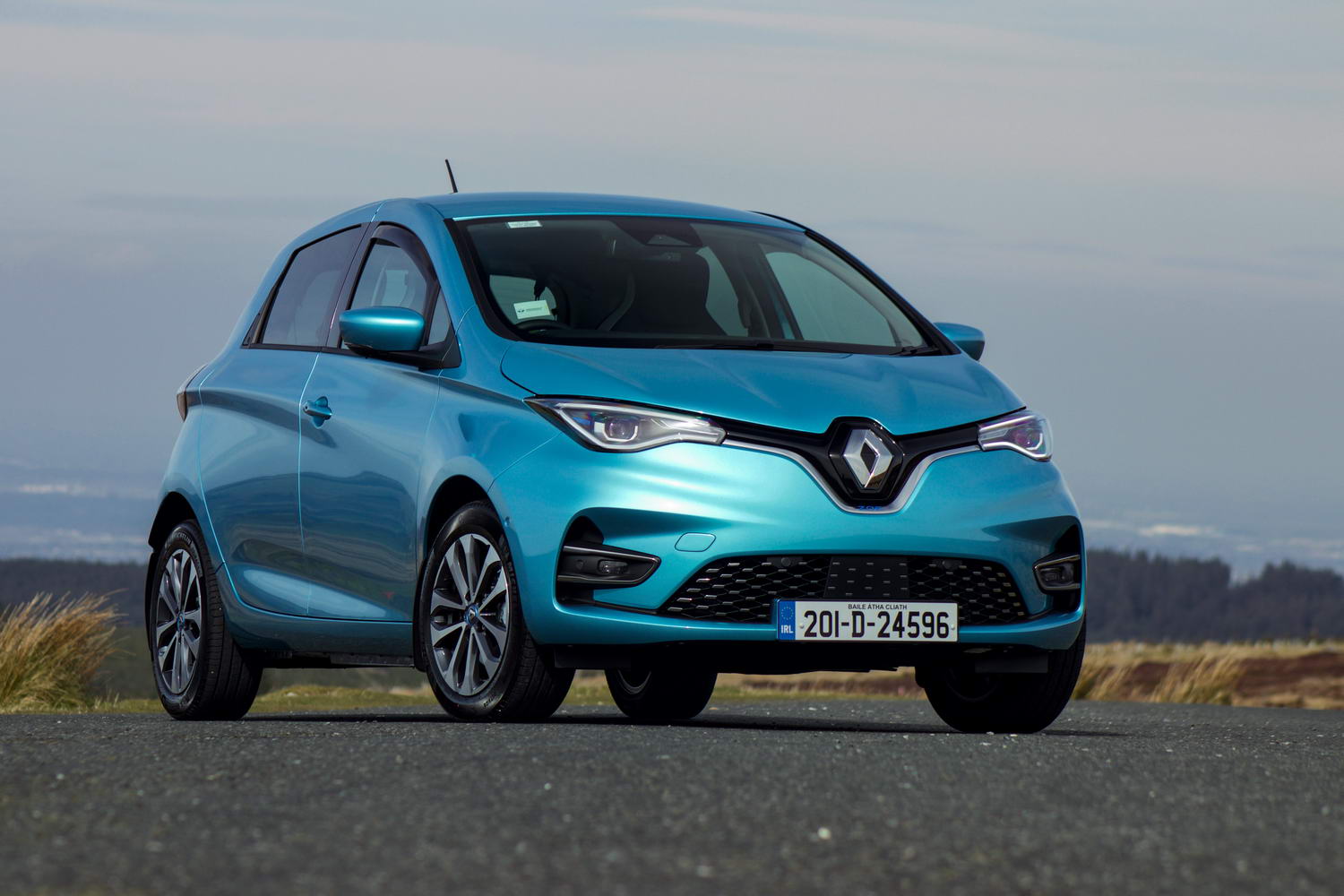What are you driving?
The MINI Electric is the first model in the company's line-up to be solely battery powered. It's based on the three-door MINI Hatch and, thanks to some clever engineering, it barely looks any different. Powering it is a 32.6kWh battery that is sandwiched into the floor of the car and a 184hp electric motor that drives the front wheels via a single-speed automatic transmission. Although the MINI Electric sits 18mm taller than a regular MINI Hatch (due to the battery), modified wheel arch and sill covers hide the difference.
A few other subtle design cues give it away as the first electric MINI, such as the yellow 'E' badges on either end. Is possible to specify more of that Energetic Yellow colour as a band across the front of the blanked-off grille and on the door mirror caps, too. The 'E' logo embossed in the battery charge port cap is another neat feature, as are the wheels. They're called the 'Corona' design and they're meant to resemble a three-pin plug socket. Y'know, because it's an electric car.
As you may have already noted, at 32.6kWh, the battery isn't especially large by the standard of others. But it's important to keep some perspective here. With a full charge, the MINI Electric will cover up to 233 kilometres, which, when factoring in average commuting distances and even taking into account a shorter range in winter months, still means that it will likely only need to be plugged in a few times per week for most people. The upside is that the battery takes less time to charge, with MINI claiming that charging with a 7.4kW domestic wallbox takes only four hours. When using a rapid DC charger, the MINI's 50kW capability can get the battery back up to 80 per cent in 35 minutes.
Buyers can choose from three specification grades, starting with Level 1. This version includes the digital instrument cluster (standard on all models), cruise control and dual-zone air conditioning. The mid-spec Level 2 adds more creature comforts like a part leatherette interior, heated seats, keyless entry, reversing camera with rear parking sensors and a number of driver assistance features including speed limit and traffic sign information, automatic emergency braking for pedestrians and high-beam assistance. MINI also opens up more colour and wheel options to buyers of this spec. Then there's the range-topping Level 3 that adds front parking sensors and park assist, a full leather interior, larger touchscreen, a head-up display, Harman/Kardon sound system, a panoramic glass sunroof and the full choice of wheel and colour options.
Name its best bits
Most of the standout aspects of the MINI Electric are to do with how it drives and performs. With the additional weight of the battery and other powertrain-related parts, the MINI Electric incurs a 225kg weight increase of the equivalent MINI Cooper S. However, thanks to the recalibrated suspension and the fact that the majority of that weight is set low in the chassis, it isn't all that apparent. If anything, the lower centre of gravity improves that grippy feeling that the MINI is known for.
It has a rather unusual driving position too, due to the way you sit closer to the windscreen, which is far more upright than many others in the class. All of these elements combine to make the MINI feel unique, though the same can be said for the petrol and diesel variants. With 184hp and 270Nm on tap the MINI Electric isn't a slow car and around city streets the electric motor maintains a sense of relative urgency should you go looking for it. The four drive modes vary the amount of power available, so don't expect to get the maximum range when in the Sport setting. The steering is nicely weighted, with that typical slightly-heavier-than-normal feel that is as much a signature of sporty MINIs. Decent levels of energy recovery are there too when you lift off the accelerator. In the higher setting it's certainly strong enough to be considered one-pedal driving when in urban settings.
In many ways it has a similar driving experience to the BMW i3s, but with a more MINI-esque feel to it. Aside from the power, the suspension seems well sorted for the car, even with that additional weight. Bigger bumps are easily absorbed, as are smaller imperfections.
Anything that bugs you?
It's not so much a fault of the MINI Electric, rather the three-door MINI Hatch in general, but the rear passenger space is mostly useless. And getting in there is not the easiest of tasks, so it's best to only think of the back seats as somewhere to throw a bag or coat. Then there's the boot, which, at 211 litres, isn't going to win any awards, though it is the same volume as the rest of the three-door MINI Hatch variants. It's shallow though, so anything beyond a few shopping bags is going to require some planning. What is useful is the additional bit of storage under the boot floor. It's very handy for putting the charging cable into, although the task is made harder when there are already items in the main boot space.
And why have you given it this rating?
As an overall package the MINI Electric is likely to best suit the typical urban commuter that doesn't face long daily journeys and, perhaps more to the point, wants their electric car to be stylish. Limited space aside, this feels worth every cent with regard to the quality and how it's all put together. But really the overriding positive with the MINI Electric is just how sweetly it drives; it's smooth, quiet and refined on one hand yet has enough performance to satisfy the keener driver.

































